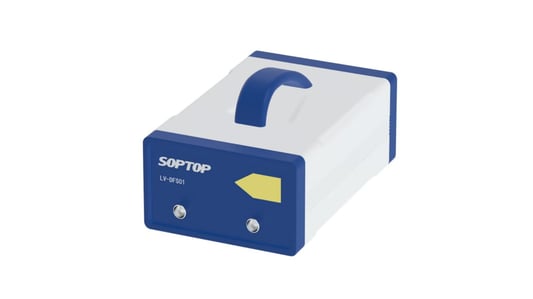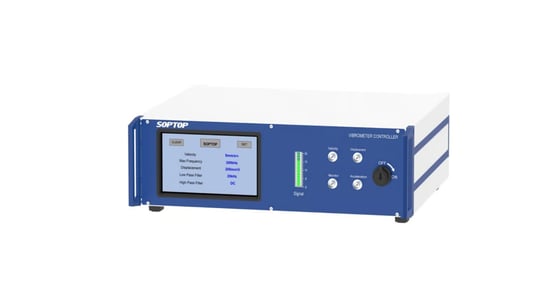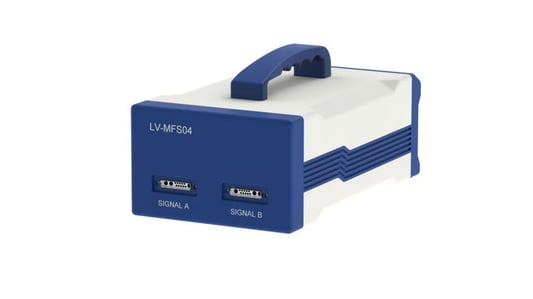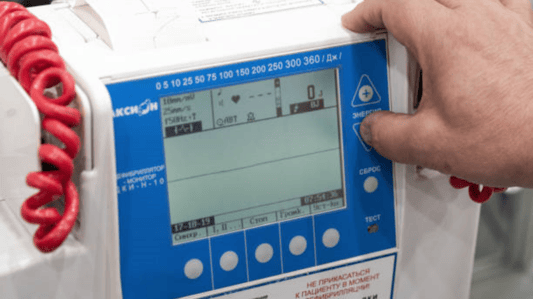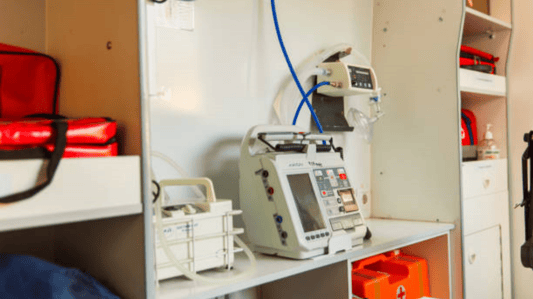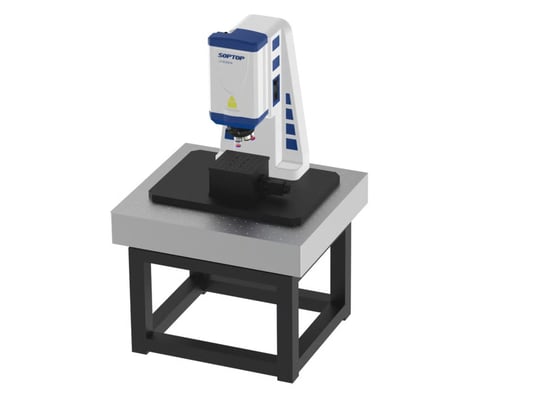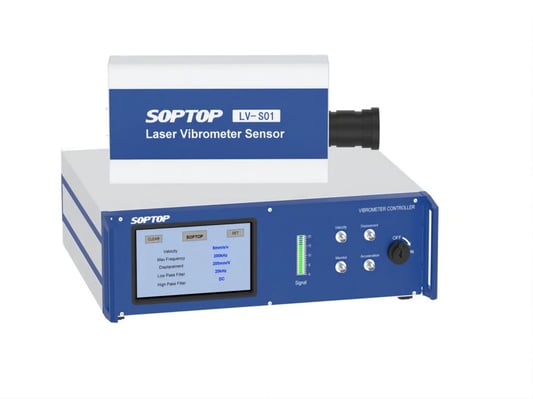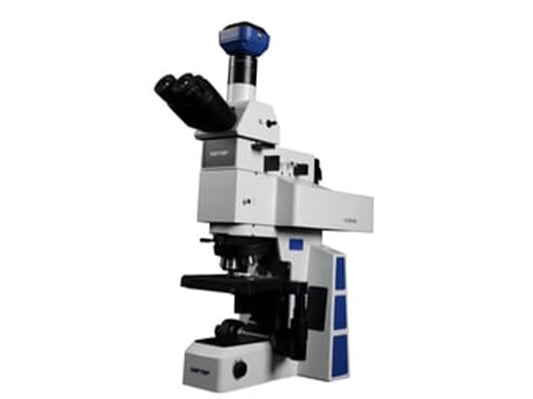Monitoring Structural HealthLaser Doppler vibrometers are frequently used in the field of structural health monitoring to assess the vibrations and resonant frequencies of various structures. By analyzing the vibrations, engineers can detect any potential faults or deterioration in the structure before they become critical.Quality Control in ManufacturingIn manufacturing industries, laser Doppler vibrometers are utilized to ensure the quality and reliability of products. By measuring vibrations in machinery and components, manufacturers can detect any defects or abnormalities that may affect the product's performance.Medical Research and DiagnosisIn the medical field, laser Doppler vibrometers are used to study physiological vibrations in the human body. Researchers can analyze the vibrations to better understand functions such as blood flow or muscle movement. Additionally, laser Doppler vibrometers are used for diagnosing conditions like Parkinson's disease.Aerospace EngineeringAerospace engineers rely on laser Doppler vibrometers to analyze the vibrations of aircraft components and structures. By detecting any potential issues early on, engineers can ensure the safety and reliability of aerospace systems.Environmental MonitoringLaser Doppler vibrometers are also used in environmental monitoring to measure vibrations in natural structures like bridges, dams, and wind turbines. By assessing the vibrations, engineers can predict potential failures and prevent catastrophic events.Automotive IndustryIn the automotive industry, laser Doppler vibrometers are employed to assess the vibrations and noise levels of vehicles. By optimizing the design of automotive components, manufacturers can improve the comfort and performance of vehicles.Research and DevelopmentResearchers and scientists utilize laser Doppler vibrometers in various fields such as acoustics, civil engineering, and biomechanics. By analyzing vibrations, researchers can gain valuable insights into the behavior of mechanical systems.Non-Destructive TestingLaser Doppler vibrometers are crucial for non-destructive testing of structures and materials. By analyzing the vibrations, inspectors can detect any defects or weaknesses without damaging the test subject.Structural Dynamics AnalysisEngineers use laser Doppler vibrometers in structural dynamics analysis to study the behavior of complex structures under different loading conditions. By measuring vibrations, engineers can optimize the design and performance of structures.Machine Condition MonitoringIn industrial settings, laser Doppler vibrometers are used for machine condition monitoring to detect any faults or abnormalities in rotating machinery. By analyzing vibrations, maintenance personnel can identify issues and prevent costly breakdowns.Quote InquiryContact us!


